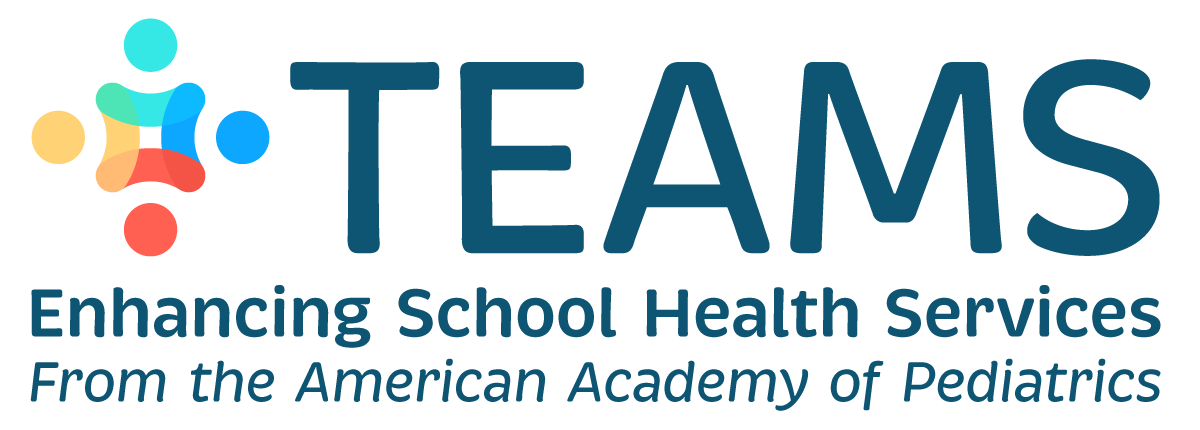The AAP has developed trainings to provide those participating in TEAMS, school health staff and related health professionals with an opportunity to review school health topics with their team. These trainings are intended to be facilitated by school and other health professionals to provide training and encourage discussion in short 15-20 minute presentations. Each training consists of presenter slides and facilitator speakers notes. These materials can be presented anywhere from team meetings to professional development opportunities.
HIPAA/FERPA
Making a Referral
Management of Food Allergy in Schools
School-Based Health Centers
Addressing Chronic Absenteeism from School
Community Partnerships: Improving Student Oral Health in Schools
Strategies to Manage Infectious Diseases
Leveraging Partnerships to Manage Infectious Diseases
Supporting a Student Experiencing an Anxiety Attack at School
Culturally Effective Health Care
The following 3 learning bursts relate to providing culturally effective health care in schools. It is recommended that these 3 trainings be completed in this order:
CEHC 1: Health Equity in Schools
CEHC 2: Culturally Effective Health Care
CEHC 3: Community Partnerships & Engagement
Last Updated
08/21/2023
Source
American Academy of Pediatrics
